Are you interested in learning about the latest technological advancements revolutionizing modern farming practices? The agricultural sector has embraced modern technologies such as Geographic Information System (GIS) software, which provides crucial information on soil condition, plant health, and precipitation patterns.
Additionally, advanced livestock farming technologies, including remote health monitoring and automated feeding systems, have significantly improved animal care and farm management.
These innovations are transforming the agricultural landscape, offering numerous benefits to agribusinesses.
Keep reading to discover 15 great examples of modern farming technologies and how they are reshaping the future of agriculture.
Modern Farming Technologies: 15 Great Examples Used in Agriculture
Here’s a table showcasing 15 cutting-edge farming technologies that are revolutionizing agriculture:
| No. | Technology | Description |
|---|---|---|
| 1 | Precision Agriculture | Utilizes GPS, IoT, and data analytics to optimize field-level management for efficiency and yield. |
| 2 | Drone Technology | Drones are used for crop monitoring, spraying, and mapping to enhance precision in farming operations. |
| 3 | Automated Tractors and Machinery | Self-driving tractors and automated machinery reduce labor costs and increase precision in fieldwork. |
| 4 | Vertical Farming | Innovative technique of growing crops in vertically stacked layers, often using controlled environments. |
| 5 | Hydroponics | Soil-less growing of plants in nutrient-rich water, reducing space and resource usage. |
| 6 | AI-Powered Crop and Soil Monitoring | Artificial Intelligence for analyzing crop health and soil conditions to inform management decisions. |
| 7 | Smart Irrigation Systems | Systems that adjust watering schedules and amounts based on real-time weather and soil moisture data. |
| 8 | Livestock Biometrics | Use of wearables on livestock to monitor health and optimize livestock management. |
| 9 | CRISPR Gene Editing | Advanced genetic engineering for creating crops with desired traits such as drought resistance. |
| 10 | Blockchain for Supply Chain | Blockchain technology for transparent and efficient tracking of agricultural products through the supply chain. |
| 11 | Aquaponics | Combining fish farming and hydroponics, creating a symbiotic environment for both plants and fish. |
| 12 | Agricultural Robots | Robots used for tasks such as harvesting, weeding, and planting, enhancing efficiency and precision. |
| 13 | Remote Sensing Technology | Satellite or aerial imagery for monitoring crop health, soil quality, and environmental conditions. |
| 14 | Soil Health Technologies | Advanced technologies for analyzing and improving soil health and fertility. |
| 15 | Biostimulants and Biopesticides | Natural products used to enhance plant growth and resistance, offering a sustainable alternative to chemical inputs. |

The Rise of Precision Agriculture
Precision agriculture has revolutionized the farming industry, leveraging advanced technologies to enhance agricultural practices and optimize resources. This innovative approach employs cutting-edge tools to observe, measure, and respond to within-field variability, ultimately improving crop management for increased productivity and sustainability.
GPS Technology Enhances Farming Accuracy
The integration of Global Positioning System (GPS) technology in agriculture has significantly enhanced farming accuracy.
By utilizing GPS satellites or Global Navigation Satellite Systems (GNSS), farmers can precisely map field boundaries, track equipment locations, and optimize field operations. This precise location data enables farmers to minimize overlap, reduce input usage, and maximize crop yields.
Satellite Imagery for Real-Time Crop Monitoring
Satellite imagery plays a pivotal role in modern agriculture by providing real-time crop monitoring and analysis. With the aid of satellite technology, farmers can assess crop health, detect early signs of stress, and identify areas requiring targeted intervention. This real-time data empowers farmers to make informed decisions, optimize resource allocation, and mitigate potential crop losses.
Soil and Field Analysis with Advanced Sensors
Advanced sensor technologies have revolutionized soil and field analysis, offering farmers valuable insights for informed decision-making. These sensors enable precise measurement of soil characteristics, moisture levels, and nutrient distribution, empowering farmers to customize their approach to soil management and crop cultivation. By leveraging these advanced tools, farmers can enhance soil health, optimize fertilizer application, and maximize crop quality and yield.
Embracing precision agriculture and integrating these advanced technologies empowers farmers to operate with unparalleled accuracy, efficiency, and sustainability, ushering in a new era of agricultural innovation and productivity.
Robotics and Automation in Agriculture
Agricultural robotics and automation technologies are driving a transformation in modern farming practices. By integrating robotics and automation into agriculture, farmers can significantly boost efficiency and productivity. These innovative technologies are revolutionizing traditional farming methods, leading to sustainable and environmentally friendly agricultural practices.
Autonomous Tractors and Harvesters
Autonomous tractors and harvesters are at the forefront of modern farming technologies. These machines are equipped with advanced navigation systems, enabling them to operate without human intervention. By leveraging GPS and vision-based guidance systems, autonomous tractors and harvesters can precisely navigate through fields, optimizing planting, harvesting, and cultivation processes. The deployment of autonomous machinery reduces the dependency on manual labor and enhances overall operational efficiency.
 Photo by Daniel Reis
Photo by Daniel Reis
Drone Technology for Aerial Surveillance
Drone technology has emerged as a valuable tool for aerial surveillance in agriculture. Drones equipped with high-resolution cameras and multispectral imaging capabilities enable farmers to monitor crop health, detect anomalies, and assess field conditions with exceptional precision. By collecting real-time aerial data, farmers can make data-driven decisions to optimize irrigation, fertilizer application, and pest management. Drones contribute to proactive crop management, leading to improved yields and resource utilization.
Robotic Weed Control Systems
Robotic weed control systems are transforming weed management practices in agriculture. These autonomous systems utilize advanced sensors and machine learning algorithms to identify and selectively target weeds while minimizing the use of herbicides. By precisely targeting weeds, robotic weed control systems promote sustainable agriculture by reducing chemical inputs and preserving soil health. This technology plays a pivotal role in promoting organic farming practices and minimizing environmental impact.
The integration of robotics and automation in agriculture represents a significant leap towards sustainable and efficient farming practices. These technologies empower farmers to optimize crop production while minimizing environmental impact, paving the way for a more resilient and productive agricultural sector.
Data-Driven Farm Management
Advancements in farming technologies have led to the adoption of data-driven farm management practices to improve efficiency, optimize crop yields, and enhance remote monitoring and control. Here’s how modern technologies are revolutionizing farm management:
Farm Management Software for Efficiency
Farm management software has become an indispensable tool for farmers to streamline operations, track resources, and optimize decision-making. These platforms offer features such as inventory management, financial planning, and task scheduling, enabling farmers to efficiently manage their resources and increase productivity. By centralizing data and automating routine tasks, farm management software allows farmers to make informed decisions, ultimately leading to more efficient and sustainable farming practices.
 Photo by Brett Sayles
Photo by Brett Sayles
Big Data and Predictive Analytics for Crop Yields
The integration of big data and predictive analytics has revolutionized crop management by providing valuable insights into factors affecting crop yields. By leveraging data from various sources such as weather patterns, soil composition, and historical crop performance, farmers can make informed decisions to optimize planting, irrigation, and harvesting processes. Predictive analytics enable farmers to anticipate and mitigate potential risks, leading to improved crop yields and resource utilization.
IoT Devices for Remote Monitoring and Control
IoT (Internet of Things) devices have empowered farmers with real-time monitoring and control capabilities, even in remote locations. These devices, including soil moisture sensors, weather stations, and automated irrigation systems, enable farmers to remotely monitor and manage farm operations. By receiving instant alerts and data-driven insights, farmers can proactively respond to changing environmental conditions, optimize resource usage, and ensure the well-being of crops, ultimately leading to improved efficiency and productivity.
 Photo by Engin Akyurt
Photo by Engin Akyurt
Sustainable Farming Solutions
In recent years, sustainable farming has garnered increasing attention as a vital approach to meeting the world’s food demands while preserving environmental resources. Several innovative technologies and practices have emerged, revolutionizing traditional agricultural methods. Let’s explore some of the remarkable sustainable farming solutions that are making a significant impact.
Hydroponics and Aquaponics Systems
Embracing hydroponics and aquaponics systems represents a monumental shift in modern farming. Hydroponics involves growing plants in a soilless medium, with essential nutrients supplied directly to the roots. On the other hand, aquaponics integrates aquaculture (raising fish) and hydroponics in a symbiotic environment, where the fish waste provides an organic nutrient source for the plants, and the plants purify the water for the fish.
Utilizing these systems minimizes water usage, eliminates the need for chemical pesticides, and enables year-round crop production in controlled environments, fostering sustainable agricultural practices.
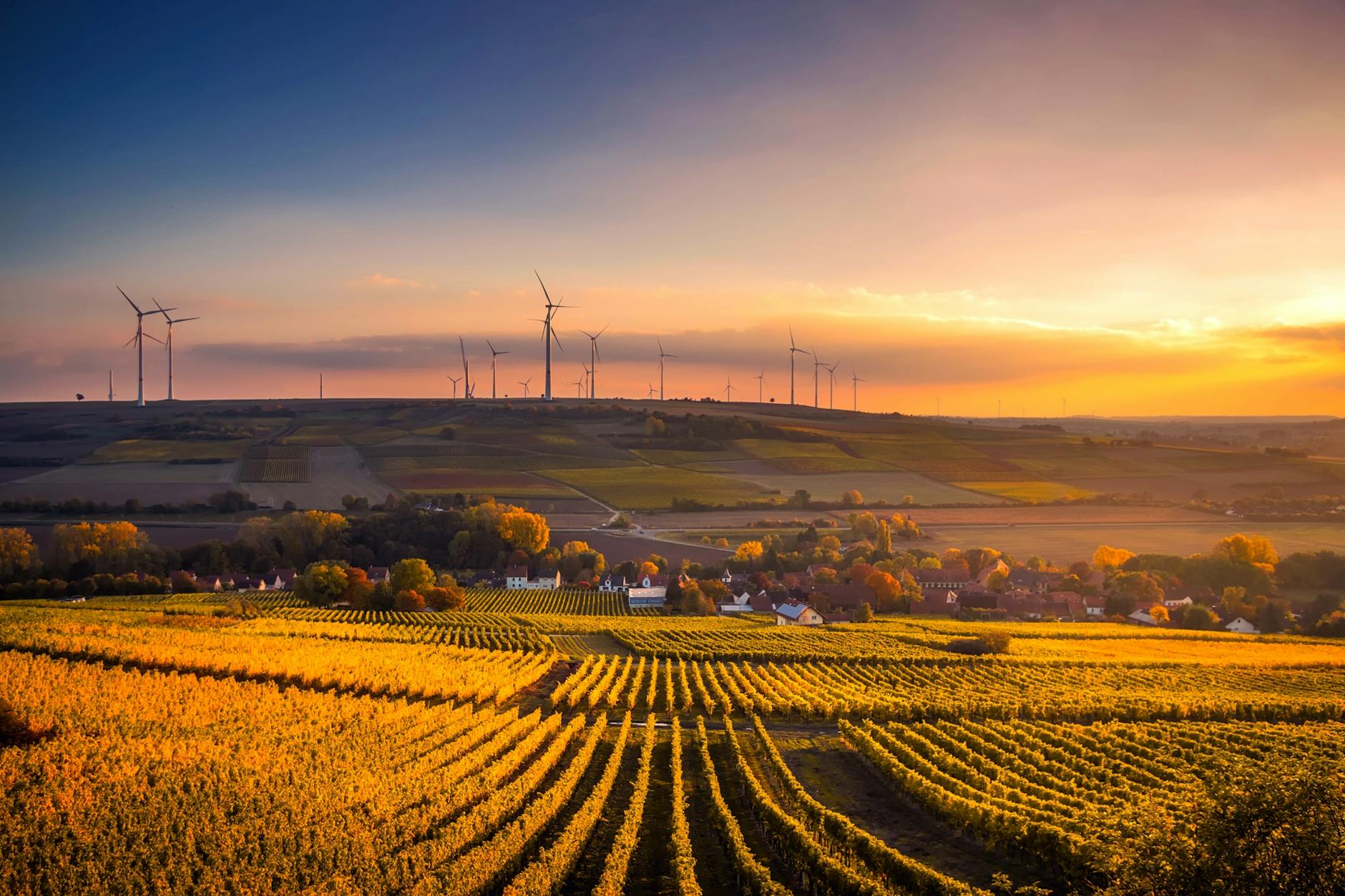 Photo by Pixabay
Photo by Pixabay
Vertical Farming and Its Benefits
Vertical farming, a groundbreaking concept, involves cultivating crops in vertically stacked layers or inclined surfaces. This method takes advantage of innovative technologies such as artificial lighting, hydroponic or aeroponic systems, and climate control to optimize plant growth in minimal space. The benefits of vertical farming include higher crop yields per square foot, reduced water usage, and the ability to grow produce closer to urban centers, thereby reducing transportation emissions and promoting local food sustainability.
The integration of vertical farming into modern agriculture signifies a pivotal step towards resource-efficient, high-yield crop production while mitigating the environmental impact associated with conventional farming practices.
Solar-Powered Equipment for Eco-Friendly Operations
The incorporation of solar-powered equipment in farming operations has revolutionized the industry by offering sustainable energy solutions. From solar-powered irrigation systems and electric fences to solar-paneled machinery and storage facilities, harnessing solar energy minimizes reliance on non-renewable energy sources and reduces operating costs. Furthermore, the deployment of solar technology significantly diminishes greenhouse gas emissions, aligning with the global initiative to combat climate change and facilitate eco-friendly agricultural practices.
Embracing solar-powered equipment not only enhances energy efficiency on farms but also contributes to a greener, more sustainable future for the agricultural sector.
Livestock Management Innovations
With the increasing demand for improved animal welfare and sustainability in the livestock industry, technology has been harnessed to introduce innovative solutions for livestock management. These advancements not only enhance the overall well-being of the animals but also contribute to more efficient and sustainable farming practices.
Wearable Sensors for Animal Health Tracking
Using wearable sensors, farmers can now monitor the health and behavior of livestock in real-time. These sensors provide valuable insights into the well-being of individual animals, allowing early detection of health issues and optimizing the delivery of care. With this technology, farmers can accurately track parameters such as heart rate, body temperature, and activity levels, enabling proactive measures to maintain the health of their livestock.
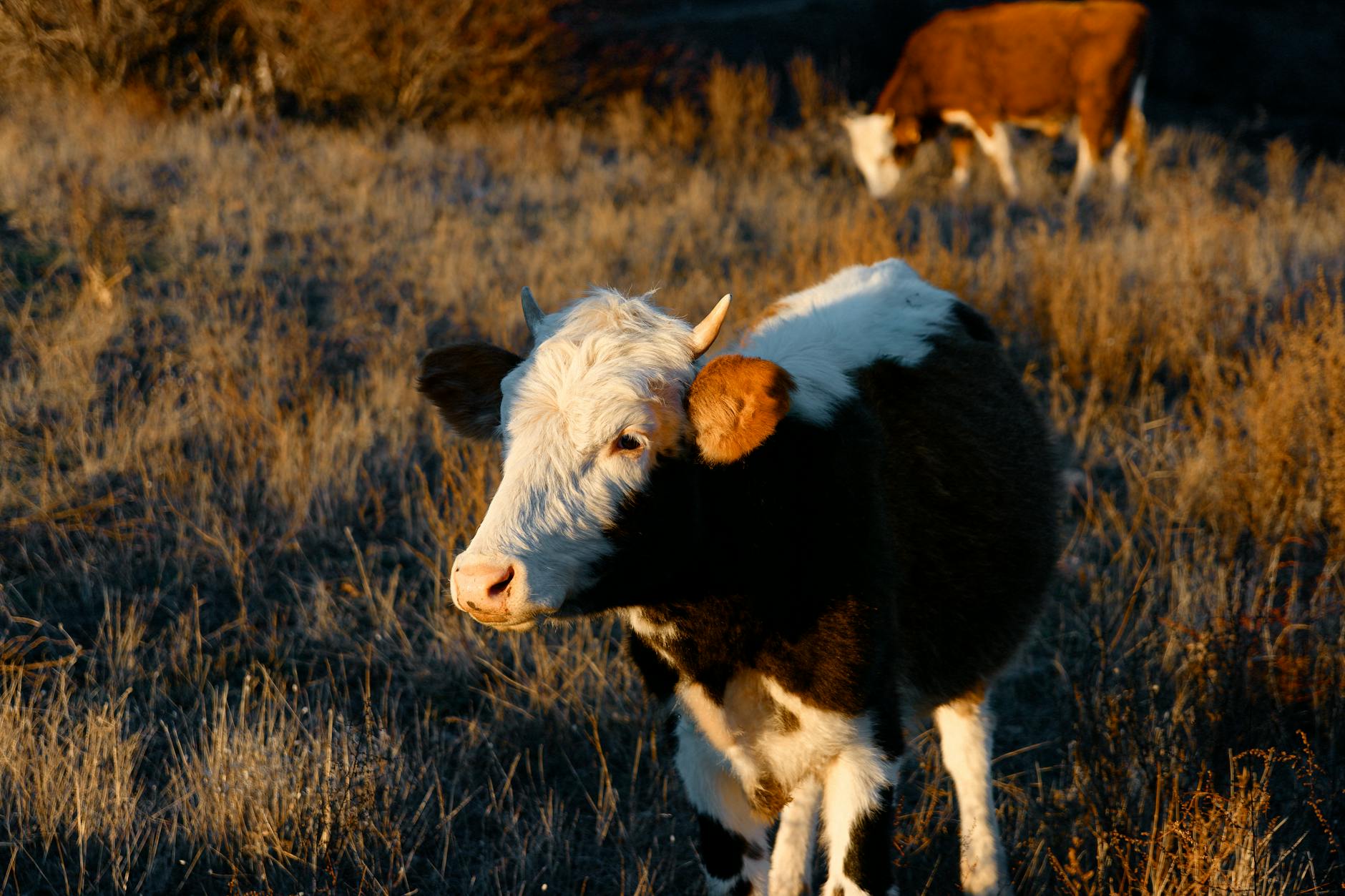 Photo by Kaan Keskin
Photo by Kaan Keskin
Automated Feeding and Milking Systems
Automated feeding and milking systems have revolutionized the way livestock is cared for on farms. These systems ensure that animals receive precise and timely nutrition, resulting in healthier livestock and higher milk production. Additionally, automated milking systems alleviate the manual labor involved, offering a more efficient and stress-free milking process for both the animals and the farmers.
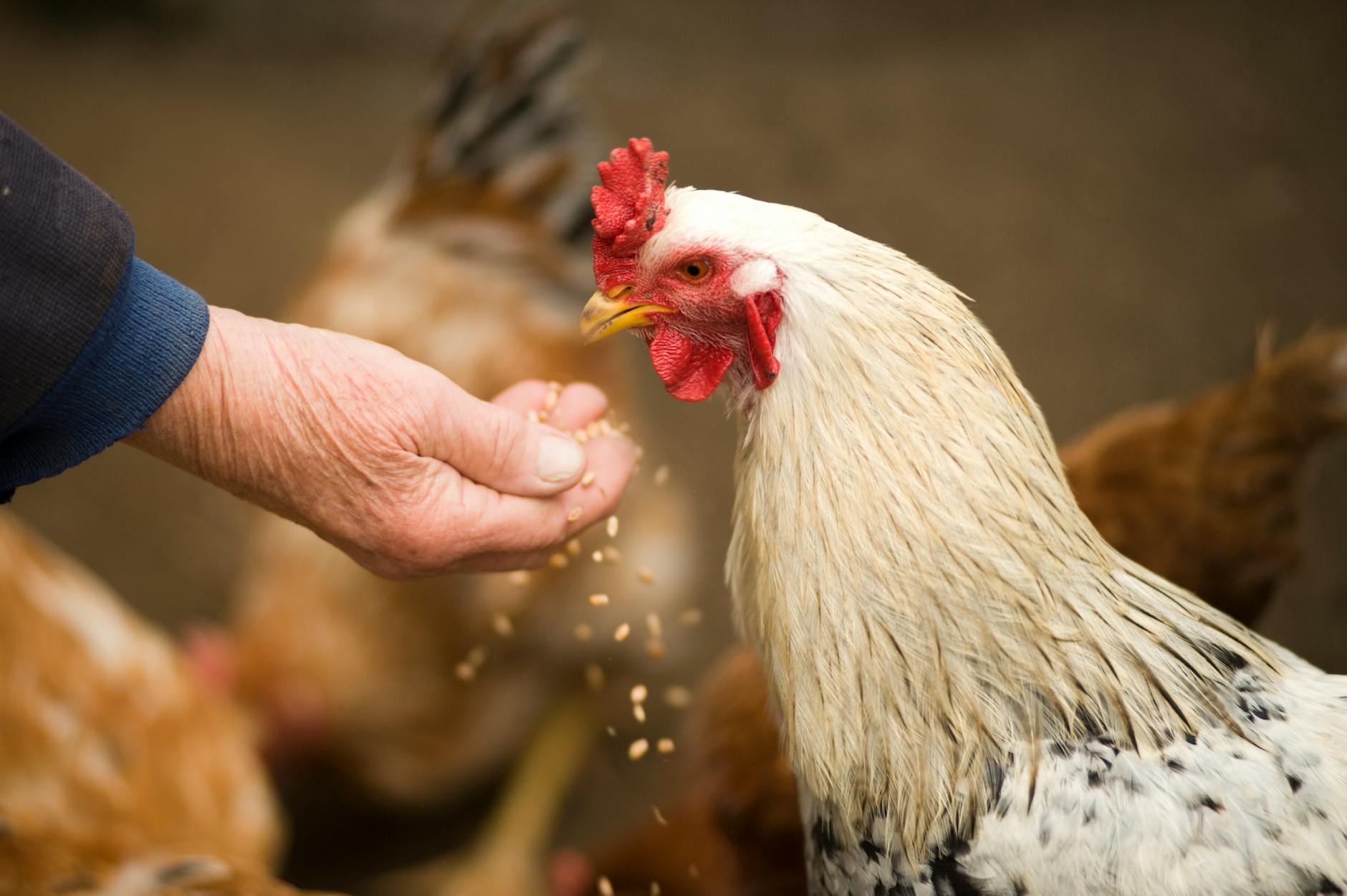 Photo by Oleksandr P
Photo by Oleksandr P
Smart Livestock Housing for Optimal Conditions
Smart livestock housing integrates technology to create an environment that is tailored to the specific needs of the animals. Utilizing climate control, ventilation, and lighting systems, smart housing ensures optimal conditions for the well-being and productivity of livestock. By leveraging these advanced housing solutions, farmers can effectively manage the living environment of their animals, resulting in healthier and more contented livestock.
 Photo by Vlada Karpovich
Photo by Vlada Karpovich
Water Conservation Techniques
When it comes to modern farming technologies, water conservation holds paramount importance. Implementing advanced water conservation techniques not only ensures resource efficiency but also contributes to sustainable farming practices. Two key methods that have gained widespread adoption in agriculture are drip irrigation systems and moisture sensors.
Drip Irrigation Systems for Water Efficiency
 Photo by Ave Calvar Martinez
Photo by Ave Calvar Martinez
Drip irrigation systems deliver water directly to the base of plants, minimizing water loss through evaporation and runoff. This targeted approach ensures that crops receive an optimal amount of water, promoting healthy growth while conserving resources. Additionally, the precise application of water reduces the risk of soil erosion and weed proliferation, further enhancing the overall efficiency of water usage in agricultural operations.
Moisture Sensors for Smart Watering Practices
Incorporating moisture sensors into farming practices enables smart and efficient irrigation management. These sensors measure soil moisture levels, allowing farmers to tailor watering schedules based on real-time data. By ensuring that water is supplied only when necessary, moisture sensors help prevent over-irrigation, which can lead to water wastage and environmental issues. Moreover, this technology aids in preventing under-watering, thus optimizing crop yields while conserving water resources effectively.
Biotechnology in Modern Farming
Biotechnology plays a pivotal role in modern farming, revolutionizing agricultural practices and contributing to the enhancement of crop quality and yields. One of the significant contributions of biotechnology is the development of genetically modified (GM) crops, which have been engineered to exhibit specific traits such as resistance to pests, diseases, and environmental stressors. This has led to improved agricultural productivity and sustainability.
The Role of Genetically Modified Crops
Genetically modified crops, also known as transgenic crops, are created by introducing specific genes from one organism into another to confer advantageous traits. These can include increased resistance to herbicides, tolerance to environmental conditions, and enhanced nutritional content. For instance, genetic modification has enabled the development of pest-resistant crops, reducing the reliance on chemical pesticides and promoting environmentally friendly farming practices.
CRISPR Technology for Crop Improvement
CRISPR (Clustered Regularly Interspaced Short Palindromic Repeats) technology has emerged as a powerful tool for precise genome editing in crops. It allows for targeted modifications in the plant’s genetic code, enabling the introduction of beneficial traits or the elimination of undesired characteristics. With CRISPR, researchers can enhance crop resilience, nutritional value, and shelf life, contributing to the sustainable production of high-quality agricultural products.
Enhanced Food Safety and Traceability
Food safety and traceability are crucial aspects of modern agriculture, ensuring that consumers have access to safe and high-quality food products. Advanced technologies have revolutionized the way food safety is ensured and product traceability is maintained.
Blockchain for Transparent Supply Chains
Blockchain technology has emerged as a game-changer in the agricultural industry by enhancing transparency in the supply chain. By leveraging blockchain, farmers, suppliers, and retailers can create an immutable record of every step in the production and distribution process. This technology enables seamless traceability, allowing consumers to access detailed information about the origin of the produce they purchase, ultimately bolstering trust in the food supply chain.
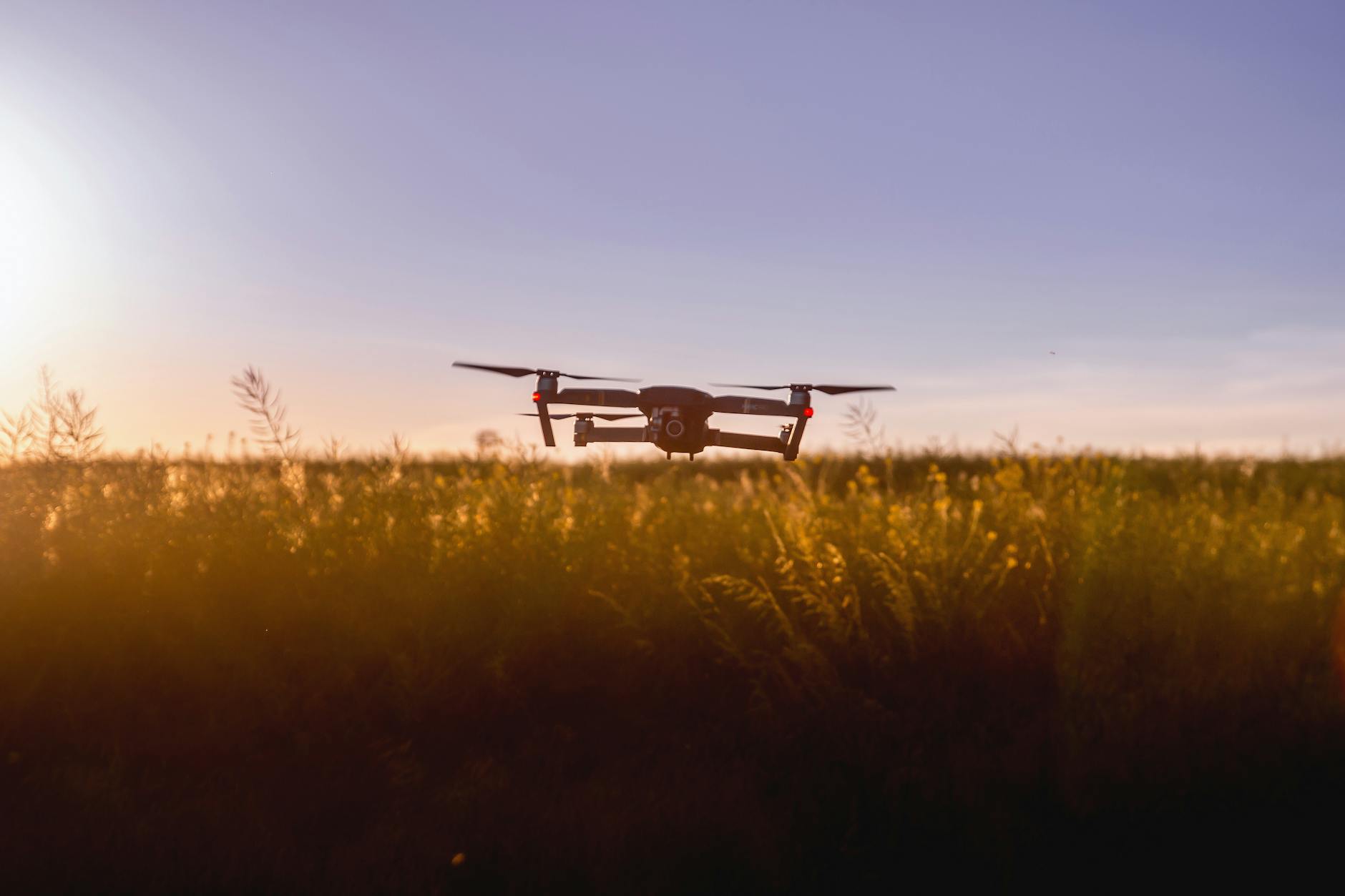 Photo by JESHOOTS.com
Photo by JESHOOTS.com
Rapid Testing Kits for On-Site Quality Assurance
The integration of rapid testing kits in agricultural practices has revolutionized quality assurance processes. These kits enable on-site testing for contaminants, allergens, and pathogens, ensuring that food products meet stringent safety standards before reaching consumers. By providing real-time results, these kits empower farmers and food processors to take immediate corrective actions, thereby enhancing overall food safety and mitigating potential risks.
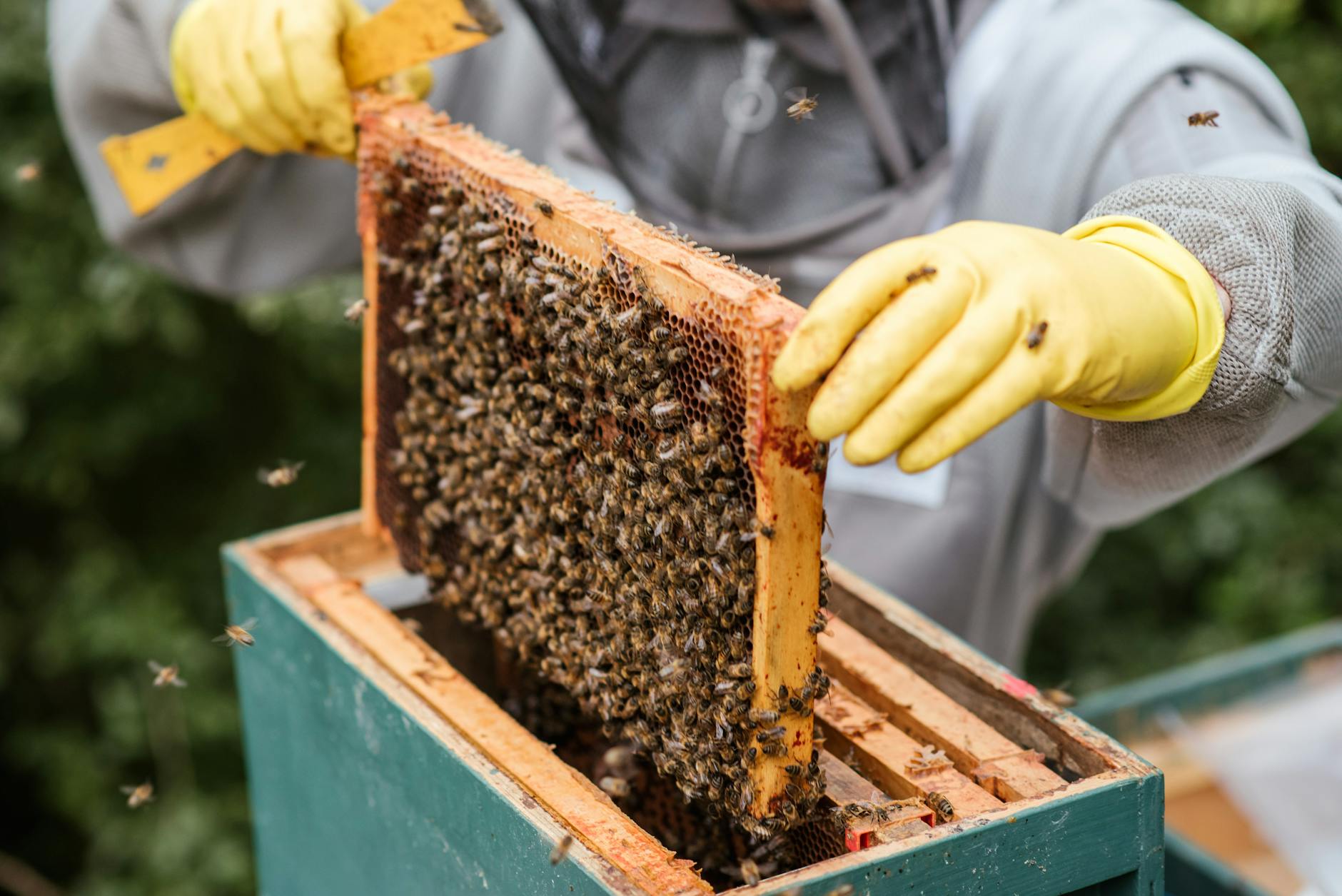 Photo by Anete Lusina
Photo by Anete Lusina
Conclusion
Modern farming technologies have revolutionized the agricultural sector, offering innovative solutions to address the challenges of an increasing global population. From GIS-based agriculture to livestock farming technology and satellite-derived data, these advancements are enhancing productivity, sustainability, and efficiency in farming practices. Embracing these technologies can lead to significant improvements in land selection, livestock care, and crop monitoring, ultimately benefiting agribusinesses and contributing to the advancement of the agricultural industry as a whole.


Pingback:15 Cutting-Edge Farming Technologies Revolutionizing Agriculture – Lorelei Web